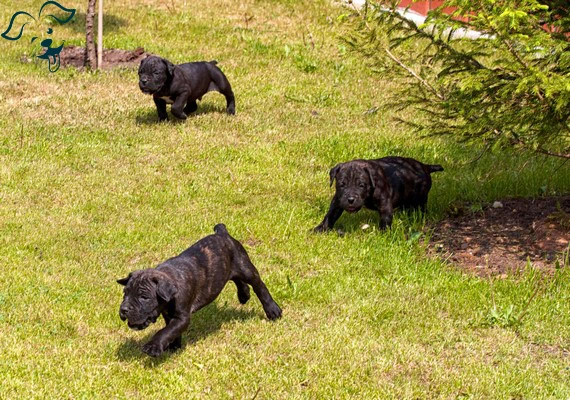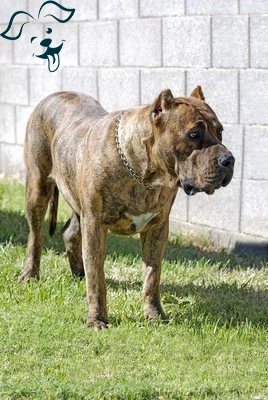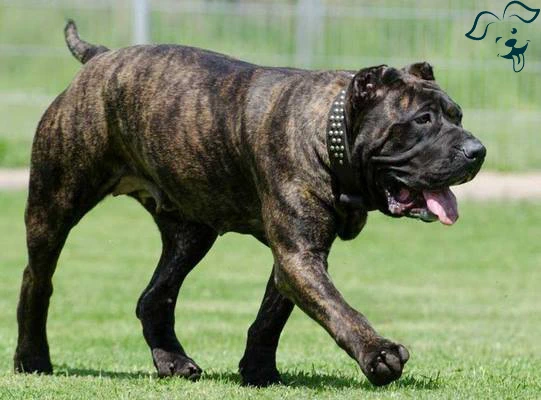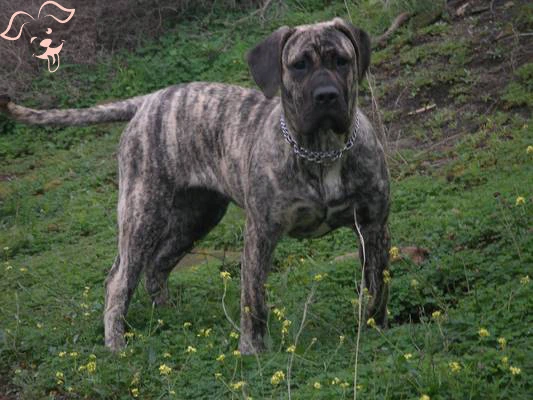Presa Canarios are generally healthy dogs like any breed they can still be susceptible to certain health challenges. Working with a responsible breeder who prioritizes the health and well-being of their dogs is crucial in reducing the risk of potential health issues. A responsible breeder will conduct health screenings, such as hip and elbow evaluations, to ensure that their breeding stock is free from common hereditary conditions. They will also be transparent about any potential health concerns within the breed and provide prospective owners with the necessary information to make informed decisions. Prospective owners should educate themselves about the specific health concerns that can affect Presa Canarios. These may include conditions such as hip dysplasia, elbow dysplasia, progressive retinal atrophy and certain heart conditions. Understanding these potential health issues will assist owners in recognizing symptoms, seeking appropriate veterinary care and implementing preventive measures when possible. Health Assessment Recommendations from the Breed's National Association: |
Presa Canario
ATTRIBUTES: Stronge-Willed, Confident, Calm
GROUP: Foundation Stock Service
ACIVITY LEVEL: Calm
BARKING LEVEL: Medium
COAT TYPE: Smooth
COAT LENGTH: Short
SHADDING: Seasonal
SIZE: Large
TRAINABILITY: Agreeable
CHARACTERISTIC: Best Guard Dogs, Largest Dog Breeds
Breed Overview

Ancestry
Bardino Majorero

Origin
Spain

Registration
1996

Size
22 - 26 Inches

Weight
84 - 110 Pounds

Expected Life
9 - 11 Years
























FRIENDLINESS
LIVELINESS
VIGILANCE INTENSITY
ADAPTATION CAPACITY